Wondering how to finally get your puppy to stop having accidents inside? Potty training a puppy is one of the biggest challenges every new dog parent faces—yet few resources share the step-by-step, real-world tips that actually work. If you’ve ever searched, “how do I potty train a puppy?” and wished for a guide tailored to your pup’s unique needs, this article is your road map to a cleaner, stress-free home—and a happy, house-trained companion.
Curious About How to Potty Train a Puppy? The Questions Every New Dog Parent Asks
Deciding to bring a puppy into your home comes with excitement—and a lot of questions. Perhaps the most urgent question is, how do I potty train a puppy? You might be wondering, “When should I start? Why is it sometimes so tough? Are there shortcuts, or do I just need time and patience?”
Whether you’ve adopted a playful rescue or brought home a purebred from a breeder, understanding the basics of potty training is essential for a harmonious household—a foundation that will last for years. In this guide, we’ll break down each common concern new pet parents have, from recognizing potty signals to using today’s best tools like puppy pads and schedules. If you’re aiming to train your puppy quickly and gently, the following sections will answer your questions and provide clear, proven steps you can follow every day.
Why Is Potty Training a Puppy So Challenging?
Potty training a puppy can feel difficult for both novice and experienced dog owners. Puppies don’t yet understand the concept of where it’s appropriate to go, and their tiny bladders mean more potty breaks than you might expect. Each breed, and even each individual, will develop bladder control at its own pace—meaning what works for an adult dog doesn’t always apply to a three-month-old pup. Add in distractions, developing routines, and language barriers, and it’s no wonder that the training process can feel overwhelming.
It’s also a highly emotional stage: Puppies can be sensitive to your mood, and accidents in the house may lead to frustration. However, the most important elements are consistency, patience, and positive reinforcement . Understanding your puppy’s development and needs—such as recognizing signs it’s time for a potty break—can shift the entire process from stressful to successful. Keep in mind: every dog is different, so adaptation and gentle correction are key along the way.
Remember: every accident is a learning moment, not a setback. The path to being fully potty trained is rarely linear, but with a reliable schedule and effective tools like puppy pads , you’ll soon enjoy a cleaner, happier home.
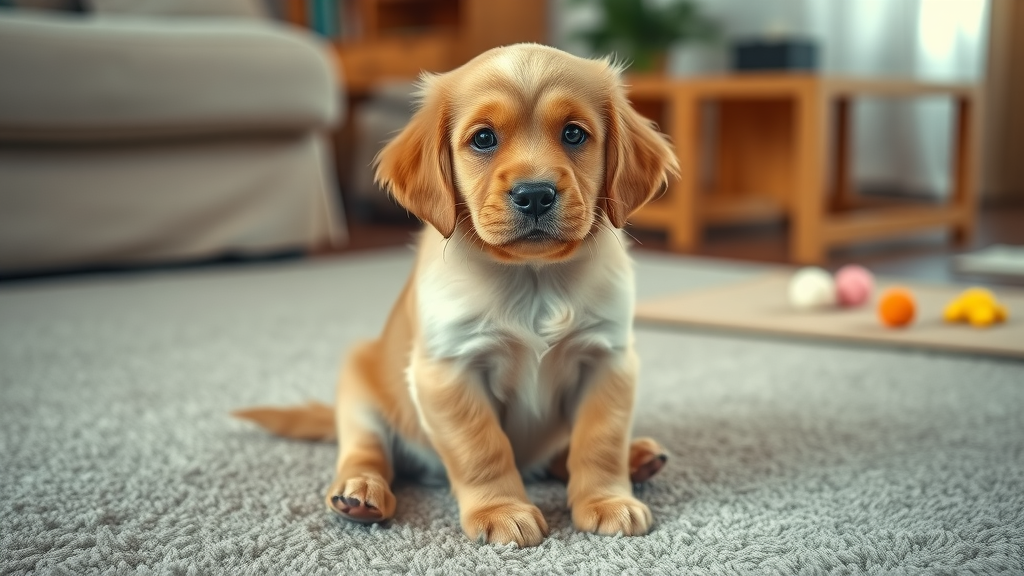
“Potty training a puppy requires patience, consistency, and a clear understanding of your puppy’s needs.”
Understanding When and How to Potty Train a Puppy
Timing is everything in potty training . Knowing when your puppy is ready—and adjusting your approach as they grow—sets you both up for success. Puppies can begin learning the house training basics at around eight weeks old, but true bladder control builds gradually. The most successful potty training plans blend scheduled outings, observation, and a gentle approach matched to your puppy’s developmental stage.
Start too soon, and your pup may not have the capacity to hold their bladder. Wait too long, and bad habits could form. Ideally, potty training should start as soon as your puppy arrives, with frequent, positive trips outside or to designated potty pads . The consistency and predictability you provide now will set a pattern for the years ahead.
Adapting your strategy as your puppy grows is just as essential. Young puppies need more frequent potty breaks , while older puppies can go longer between outings—but always stay alert to their body language, especially as you build toward a fully potty trained adult dog.
At What Age Should Your Puppy Be Potty Trained?
Most experts agree that you can start potty training puppies as young as eight weeks, though complete reliability can take several weeks or even months. A good rule of thumb is that a puppy can generally “hold it” for their age in months plus one—so a three-month-old pup may last around four hours between breaks. Puppies often aren’t fully potty trained until they are five to six months old, though some may take a bit longer depending on their development and consistency in training.
Early intervention is key. The more consistently you train your puppy in the first few months, the earlier they will understand the routine. Don’t be discouraged if accidents occur; it’s a normal part of the training process . Offer regular opportunities for them to succeed, using tools like scheduled outdoor visits and puppy pads when necessary. As your puppy approaches adolescence, you’ll notice fewer accidents as their bladder and behavior mature.
Keep in mind that factors such as breed size, health, and previous environment may affect how soon your puppy is fully potty trained . Patience and observation, combined with a regular schedule, will help every puppy reach this milestone. Celebrate small wins along the way—they signal your consistent effort is working!

What is the 3 Day Potty Training Rule for Puppies?
The "3 Day Potty Training Rule" is a popular method that promises to rapidly potty train a puppy by focusing on absolute consistency, constant supervision, and a tight schedule over a three-day span. In practice, this method teaches your puppy that there is a correct “potty spot” and rewards good behavior immediately, helping them understand house rules incredibly quickly.
Over those three days, you'll take your puppy to their “potty spot” every hour, after every meal, nap, and play session. You’ll also need to watch your puppy constantly for signs they need to go, such as sniffing or circling, and immediately direct them to the correct place. Positive feedback is vital—marked by treats, praise, or playtime for every successful potty break.
While you may not achieve a fully potty trained puppy in just 72 hours, this focused effort helps jumpstart the learning process and sets habits that will last. The most important takeaway? Consistency and timing make a big difference. If three days sounds intense, modify the principles to fit your household; even if results come slower, you’ll still make major progress in a short period.
Can You Send Your Puppy Away to Be Potty Trained?
Some pet owners consider sending their puppy to a professional facility—sometimes called a “boot camp” or board-and-train program—where trainers start the process for you. These environments can help establish a foundation of potty training and basic obedience. However, while professional help may speed up progress, the most critical factor remains your consistency once your puppy is back inside your home.
After all, your puppy must learn your household’s unique schedule, environment, and potty locations to be fully potty trained . Even if a trainer starts the process, you’ll need to continue the practices, cues, and routines once home. Relying solely on outside training may lead to confusion or setbacks if you do not reinforce learned behaviors with your own daily structure.
Ultimately, a professional can assist, especially for challenging cases, but successful potty training depends most on your participation and consistency in the training process. If you’re struggling despite your best efforts, a short stint with a seasoned dog trainer can provide helpful techniques—but you’ll need to stick with the routine at home for your puppy to be reliably house trained .
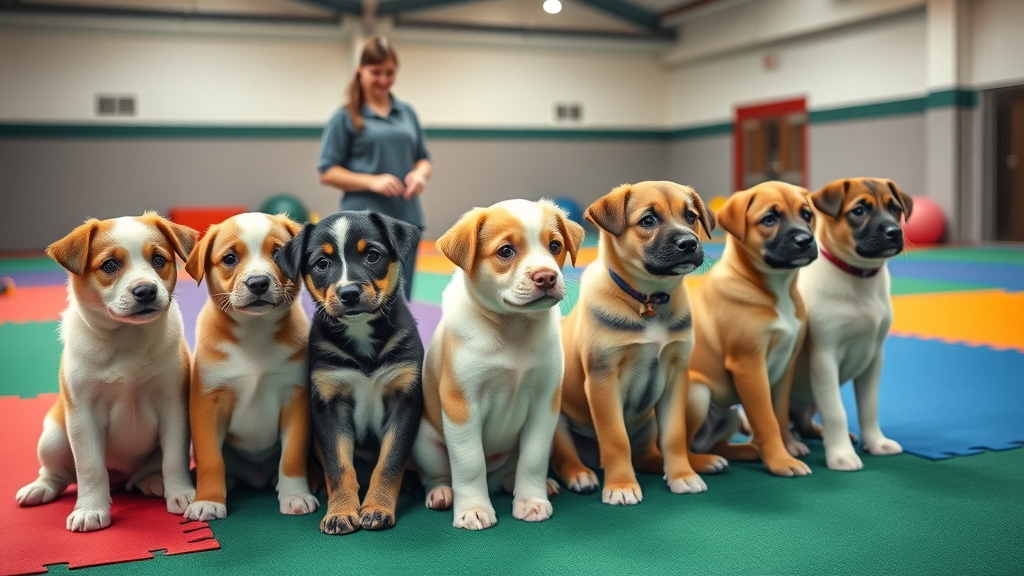
What is the 10-10-10 Rule for Potty Training a Puppy?
The 10-10-10 rule is a simple guideline that helps owners remember key timing: Take your puppy outside for a potty break 10 minutes after eating, playing, or waking from a nap. This pattern leverages your puppy’s natural rhythms, making it easier for them to form consistent habits and preventing accidents in the house .
By closely following this rule, your puppy learns there’s a predictable routine to obey, and you reduce their temptation to go “anytime and anywhere.” If you’re committed to fully potty training your puppy, using the 10-10-10 rule can simplify the process—so keep an eye on your clock and be ready!
Adopting frameworks like this, along with consistent praise and positive reinforcement, gives you both a clear and manageable path to success. Remember, early investment in habits and routines pays off for years, ensuring fewer setbacks and a stronger bond between you and your growing dog.
What You’ll Learn: A Complete Guide to How Do I Potty Train a Puppy?
- Signs a puppy needs a potty break
- Creating a schedule for potty training
- Positive reinforcement tricks
- Using puppy pads effectively
- Troubleshooting common problems
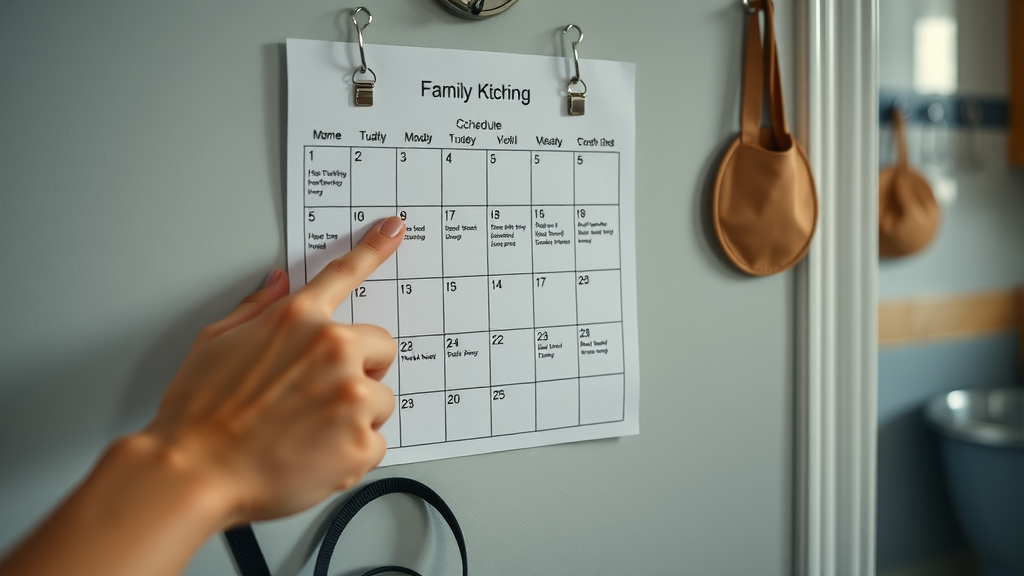
How Do I Potty Train a Puppy? Step-by-Step For Fast Results
If you want to house train your puppy, successful potty training revolves around a few easy-to-follow steps that establish new habits quickly and efficiently. Creating structure, reading your puppy’s signals, and reinforcing every triumph with positivity all make the process smoother. Below, you’ll find expert-backed tips to help you train your puppy to be clean, confident, and fully potty trained faster than you ever expected.
With consistency, a clear schedule, and strategic use of tools like puppy pads and crates, you’ll drastically reduce the number of accidents in the house . Be patient—every puppy will experience setbacks, but with the right approach, they’ll soon associate the appropriate “potty spot” with positive experiences, building trust and setting up a well-mannered adult dog. Here’s your practical, results-focused guide:
Set a Consistent Potty Schedule
- Take your puppy out first thing in the morning
- Schedule regular potty breaks after meals, playtime, and naps
Consistency is one of the most important aspects of potty training . Puppies thrive on predictability—scheduling their outdoor trips or time to puppy pads after every meal, play session, nap, or every 2-3 hours helps prevent accidents in the house . Don’t forget that small or young puppies might need more frequent potty breaks , sometimes as often as every hour, depending on their age. By creating a schedule, your puppy will quickly learn what to expect and will adapt their bathroom needs accordingly. Stick to this routine as much as possible, especially in the early months, to help your pup become fully house trained.
Morning and evening walks or pad time should become non-negotiable anchors in your puppy’s day. If you’re ever in doubt, err on the side of taking your pup out more often rather than less. A calendar or smartphone reminder can make a big difference in sticking to your plan. Together, regular breaks and positive feedback will help your puppy connect the right action with reward—and keep your floors cleaner, too!
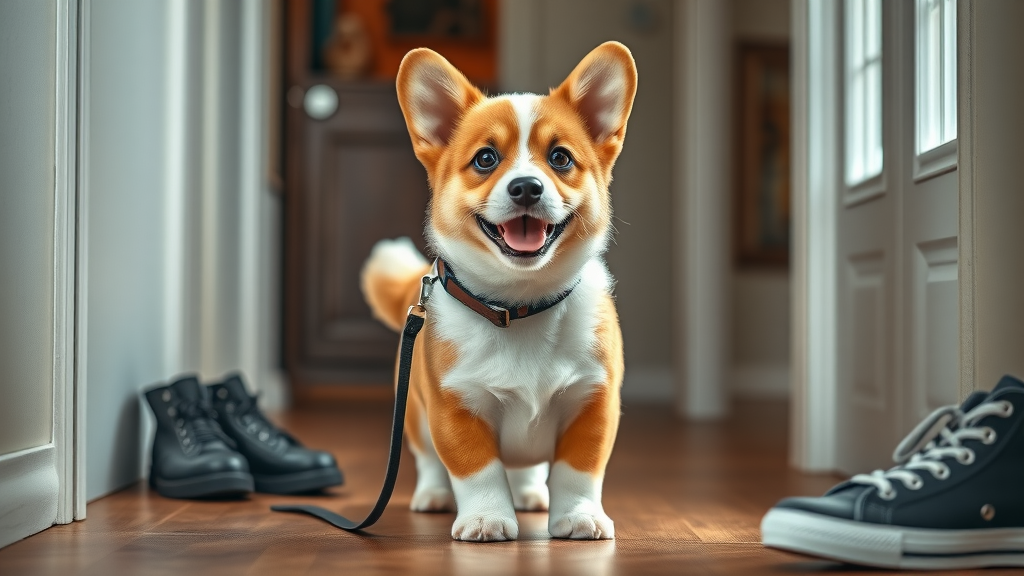
Recognize Puppy Potty Signals
- Circling
- Whining
- Sniffing the floor
One of the quickest ways to potty train your puppy is to learn how they communicate the need for a bathroom break. Puppy potty signals often include sniffing the floor, turning in circles, whining, or heading toward the door. Some puppies may paw at the ground or head to the same “potty spot” each time. By watching your puppy closely and responding the moment these signs appear, you can prevent most accidents and make a big difference in the training process.
Teaching your puppy to use a “bell on the door” or another cue can also simplify communication. With time, your puppy will learn to give clear signals—making house training much easier for everyone in your home. Early recognition of these cues sets the stage for quick, successful potty training that eliminates frustration on both sides.
Choose the Best Spot for Potty Training
- Review of indoor vs. outdoor potty areas
- Best practices for puppy potty location selection
Designating a specific potty area is a cornerstone of successful potty training . Whether using an outdoor potty spot or indoor puppy pads , consistency is essential. Choose a low-traffic area for outdoor potty or a quiet, accessible corner of your apartment, if indoors. Always return to that same spot, so your puppy forms a lasting association with its “bathroom.”
For city dwellers or those in high-rises, puppy pads are invaluable for teaching young pups until they can transition fully outdoors. Outdoor areas provide natural cues, while indoor pads offer convenience, especially for frequent nighttime or cold-weather potty breaks. Whichever you choose, stick to it and offer positive reinforcement for every success in the chosen location.

Use Puppy Pads and Potty Pads Correctly
- Introduction to various types of puppy pads
- Transitioning from pads to outdoor potty breaks
Puppy pads provide a convenient, indoor solution for house training —especially for pet parents in apartments or those who work long hours. Today’s pads come in many forms: disposable, washable, and even scented to attract your puppy. Place them in the same area every time to create routine. Always reward your pup for using the pad correctly; this helps reinforce good behavior .
As your pup grows and masters the pad, gradually transition toward outdoor potty breaks. Move the pad closer to the door over several days, then finally take it outside. Each time your puppy succeeds outdoors, make a big deal of it with treats and praise—this is how successful potty training happens. Some puppies may need to use both pads and outdoor spots for a while, but patience ensures a smooth transition to being fully house trained.
Potty Training Tools: Creating the Perfect Environment to Potty Train a Puppy
| Training Tool | Use | Pros | Cons |
|---|---|---|---|
| Puppy Pads | Indoor potty solution | Convenient | May confuse puppy |
| Crates | Denning instinct | Prevents accidents | Needs correct size |
| Leash | Supervision | Ensures guidance | Requires attention |
Using the right tools makes the training process more efficient and less stressful for you and your puppy. For example, a crate sized just right for your dog encourages their natural desire to keep their den clean, while a leash lets you supervise and guide your puppy during outdoor potty breaks . Puppy pads bridge the gap for indoor training, especially when frequent outdoor trips aren’t practical. By understanding the benefits and limitations of each tool, you can tailor the setup to your lifestyle and your puppy’s needs for the best chance at rapid, fully potty trained results.

Positive Reinforcement and Rewards for Puppy Potty Training
How to Use Positive Reinforcement for Potty Training Your Puppy
- Reward with treats and praise
- Immediate feedback after correct potty behavior
Positive reinforcement is the cornerstone of effective potty training . The moment your puppy uses their designated “potty spot”—indoors or outside—reward them with their favorite treat, verbal praise, or a favorite toy. This immediate feedback strengthens the association between going to the bathroom in the correct place and something enjoyable.
Dogs, especially puppies, are motivated by rewards, so don’t be shy with your celebration! Consistent praise and treats transform “potty time” into a positive experience, helping them learn faster and reducing stress around potty training . Over time, you can gradually reduce the treats and rely more on praise, as the new habit and routine become ingrained.
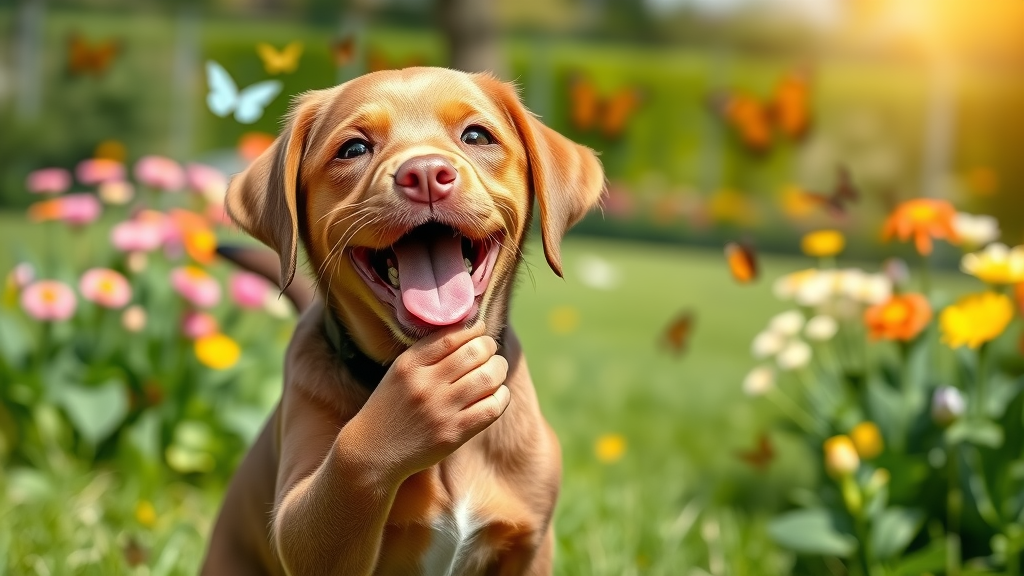
Common Mistakes to Avoid During Potty Training
- Inconsistency
- Using negative punishment
- Ignoring your puppy’s cues
Many well-meaning owners accidentally slow progress by making common mistakes. Skipping the schedule or being inconsistent with rules sends mixed messages to your puppy, who depends on routine to learn. Scolding or using negative punishment after an accident doesn’t teach your pup what you want—instead, it may create stress or fear, which can worsen accidents. Finally, missing the subtle signals your puppy gives (sniffing, circling, whining) can lead to missed opportunities for success.
Focus on patience, routine, and rewarding good behavior . If mistakes happen, quietly clean up and move on. With time, a consistent approach ensures your puppy associates the right place and time to go potty with rewards—not fear or anxiety. If you need more support, dog training classes or professional guidance can provide extra help.
Troubleshooting: What to Do if Your Puppy Isn’t Potty Training
Why Accidents Happen and How to Handle Them
- Health issues
- Adjusting routines
- Clean-up and odor removal to prevent repeat accidents
Accidents are a natural part of potty training . Sometimes they happen because a puppy is distracted, drinking more water than usual, or adjusting to a new environment. However, frequent accidents could signal the need to tweak your routine—or to check for possible health problems. If your puppy is urinating more often than expected, seems uncomfortable, or has sudden changes in behavior, a vet checkup is wise to rule out medical causes.
When accidents occur, change up your schedule: Offer more frequent potty breaks , especially during busy or exciting days. Always use an enzymatic cleaner to eliminate odors thoroughly—dogs return to places that still smell like urine, so preventing repeat offenses means a cleaner home and easier training. Remember, setbacks are normal. Stay positive, keep adjusting, and continue to reinforce good behavior every time your puppy gets it right!
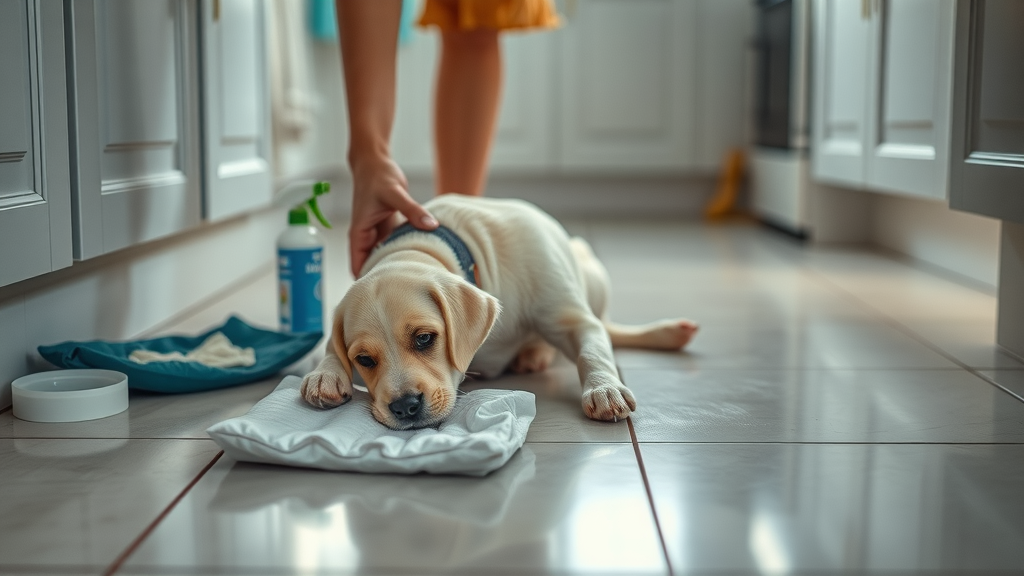
When to Seek Professional Help for Potty Training Your Puppy
- Persistent soiling despite training
- Separation anxiety
- Underlying medical conditions
If your puppy continues to have accidents after weeks of consistent training, or shows signs of distress when left alone, consider consulting a certified dog trainer or your veterinarian. Sometimes persistent problems stem from anxiety, confusion, or undiagnosed health issues that require professional support. Early intervention ensures you and your puppy get the help you need to achieve lasting, fully potty trained success. Remember, asking for help is a sign of dedication—not defeat—on your puppy’s journey to reliability.
Watch our step-by-step video, guiding you through daily routines for potty training , identifying signals, and tackling accidents as they happen. See firsthand how professionals and real pet parents troubleshoot in real time—perfect for visual learners or anyone seeking extra confidence in their process.
Checklist: How Do I Potty Train a Puppy? Your Daily Routine
- Wake up and take puppy outside
- Feed and then immediate potty break
- Regular breaks every 2-3 hours
- Before and after playtime
- Before bed
Following this checklist will build structure into your puppy’s day, resulting in fewer accidents in the house and a fully potty trained companion. Remember: If you’re ever unsure, take your puppy out—more is better than less for those first few months. And soon enough, your furry family member will make it through the night, confident and clean.
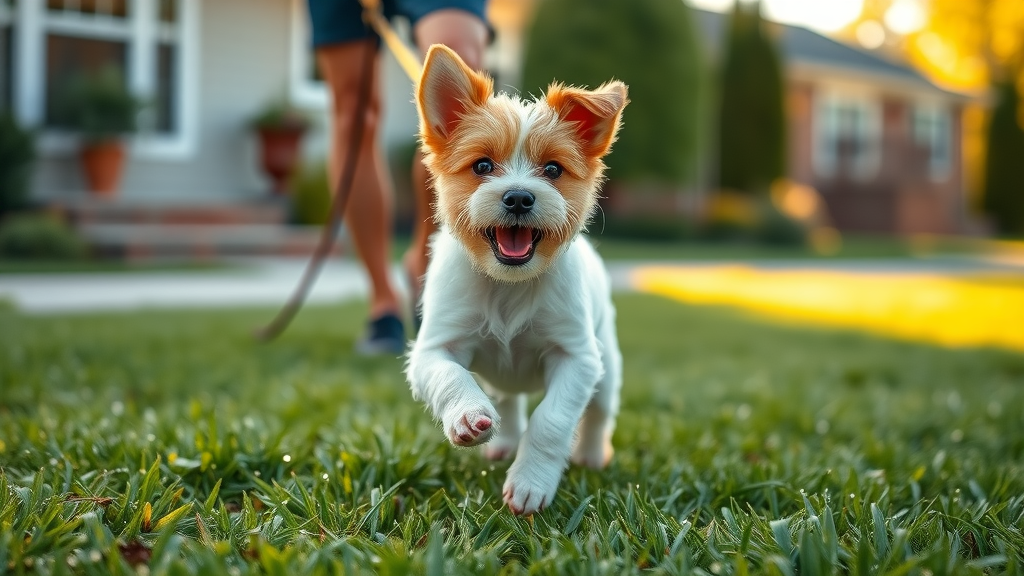
FAQ: Answers to Your Potty Training Questions
-
How do I make potty training easier for my puppy?
Stick to a consistent routine, use positive reinforcement, minimize distractions, and adapt your approach as your puppy grows. Early success often comes down to clear structure and celebrating every correct potty break, making the process rewarding for both you and your puppy. -
Do all breeds potty train at the same rate?
No, some breeds learn faster than others due to size, temperament, and intelligence. Small breeds and toy dogs may take longer, while working or highly trainable breeds may catch on quicker. Adjust patience and expectations based on your puppy’s unique characteristics. -
How do I stop indoor accidents?
Take your puppy out or to their pad frequently, watch for potty signals, and use enzymatic cleaners after every accident to remove scent trails. Never punish accidents—instead, increase supervision and reinforce positive experiences at their designated potty spot. -
What if my puppy regresses after initial success?
Regression is normal during growth spurts, new routines, or environmental changes. Return to basics: Increase supervision, revisit your schedule, and step up rewards. Consistent structure helps your puppy get back on track quickly.
Expert Insights on How to Potty Train a Puppy: Quotes from Licensed Animal Trainers
“Every puppy is an individual—patience and praise go further than any quick fix.”
Experienced trainers agree: custom routines, gentle guidance, and celebration of good behavior produce the best potty training outcomes. Tailor your plan to your puppy’s personality, and remember that short-term persistence leads to long-term success.
Key Takeaways & Proven Tips for Potty Training a Puppy
- Stay consistent with your routine
- Use positive reinforcement
- Watch for signs
- Be patient—it takes time
The path to fully potty train a puppy is built on routine, kindness, and attention. Stick with your schedule, celebrate every success, and never hesitate to seek support if you need it. Your efforts now pave the way for a respectful, lifelong relationship with your dog.
See It in Action: Crate Training Video for Puppies
Want to discover how crate training supports house training ? Watch our beginner-friendly video for step-by-step demonstrations and expert guidance!
Review: The Best Products for Potty Training a Puppy
- Puppy training pads
- Cleaning sprays
- Crate options
- Leashes and harnesses
Smart product choices can make potty training easier and more hygienic. Pads provide a reliable indoor option, enzymatic cleaners eliminate odors, and crates support den instincts for clean behavior. For more tips, visit your local pet store and ask about staff favorites that match your puppy’s needs.
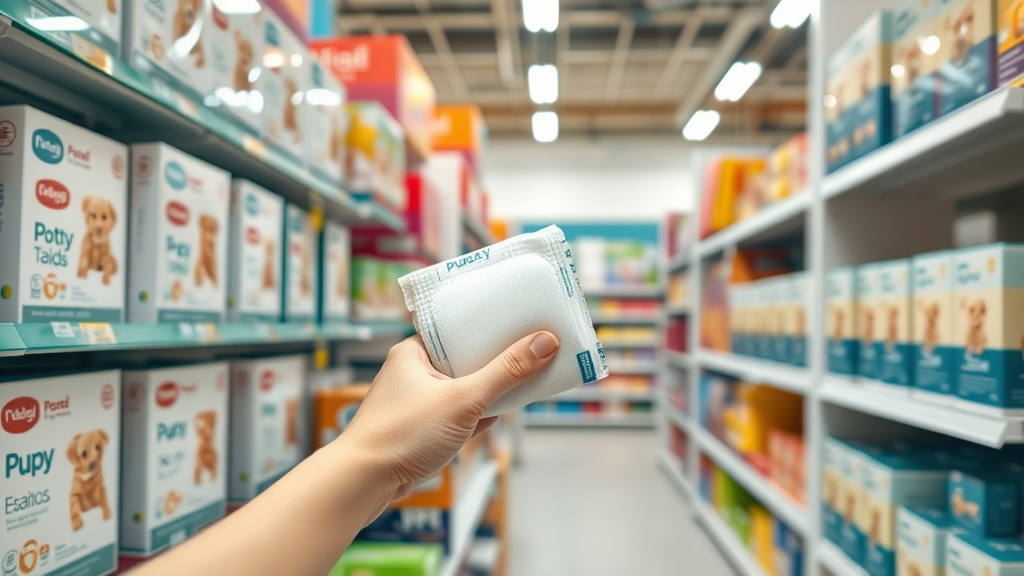
10 Key Reminders to Potty Train a Puppy Like a Pro
- Establish a schedule
- Monitor meals and water
- Observe body language
- Immediate outdoor trips after eating
- Reward good behavior
- Keep mistakes low-key
- Clean thoroughly
- Practice patience
- Stay positive
- Ask for help if needed
Summary: How Do I Potty Train a Puppy? Proven Methods That Make a Difference
- Potty training a puppy requires patience, routine, and positive habits
- Use the best tools and maintain consistency
- Know when to seek guidance and celebrate small wins
Subscribe for More Expert Pet Advice and Puppy Training Tips
Our pack is growing — and you’re invited. 🐶🐱 Subscribe now to get exclusive stories, pet wellness tips, and product deals straight to your inbox.
For comprehensive guidance on potty training your puppy, consider the following resources:
-
“Puppy Training: How & When to Potty Train a Puppy” ( purina.com )
-
“How To Potty Train Your Puppy” ( vcahospitals.com )
These articles provide detailed strategies and expert advice to help you effectively house-train your puppy.
 Add Row
Add Row  Add
Add 

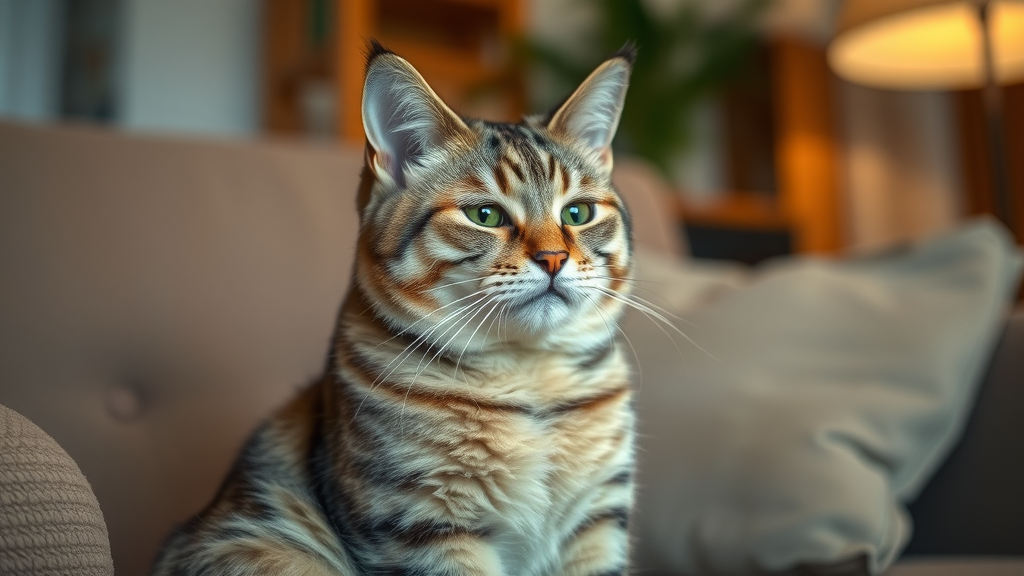
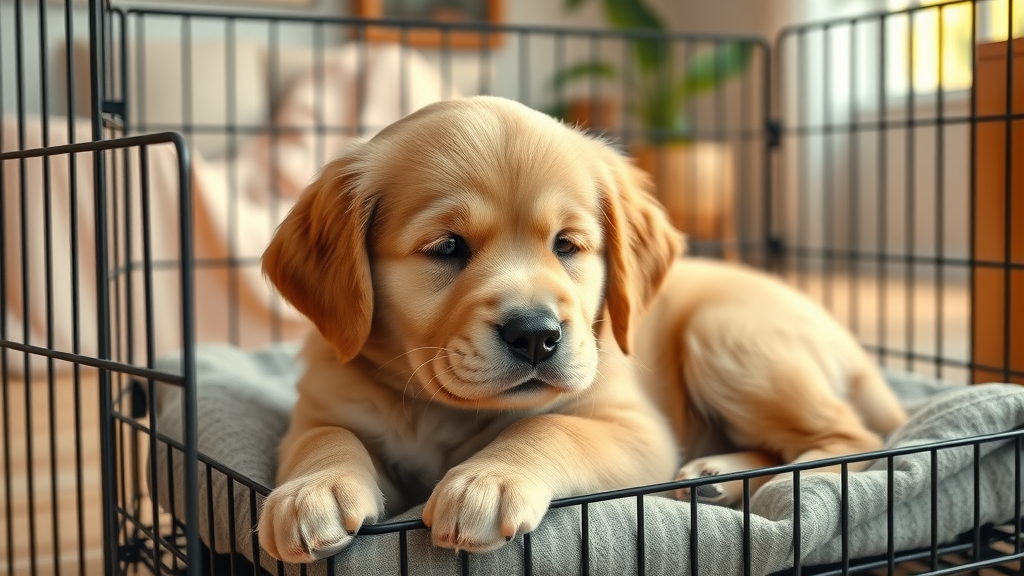
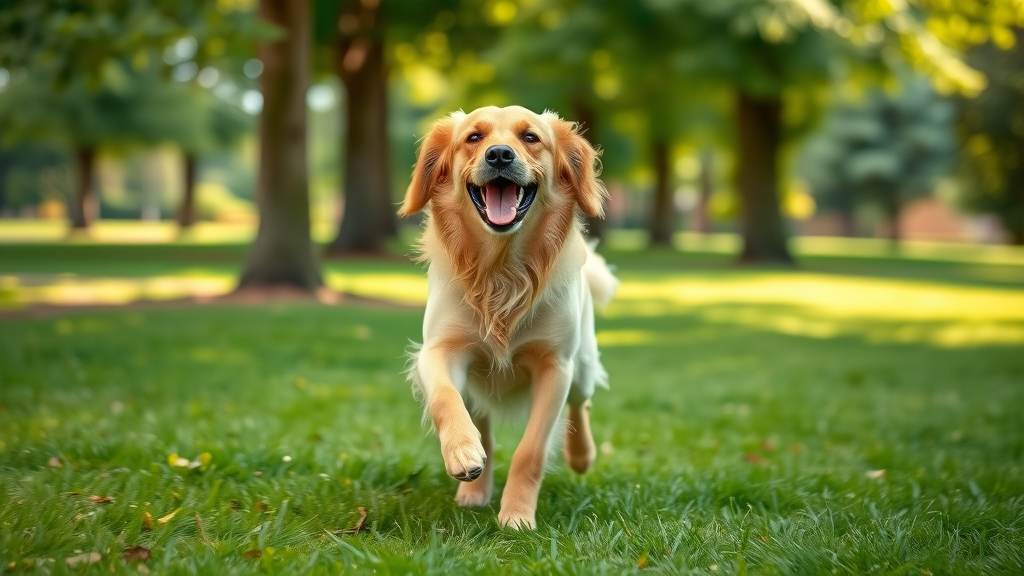
Write A Comment